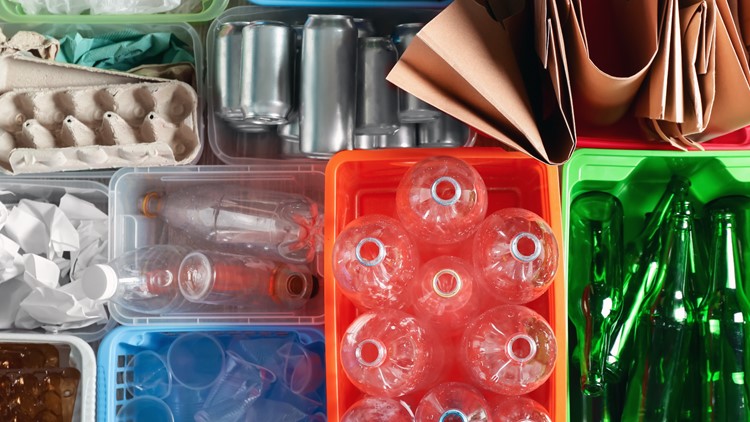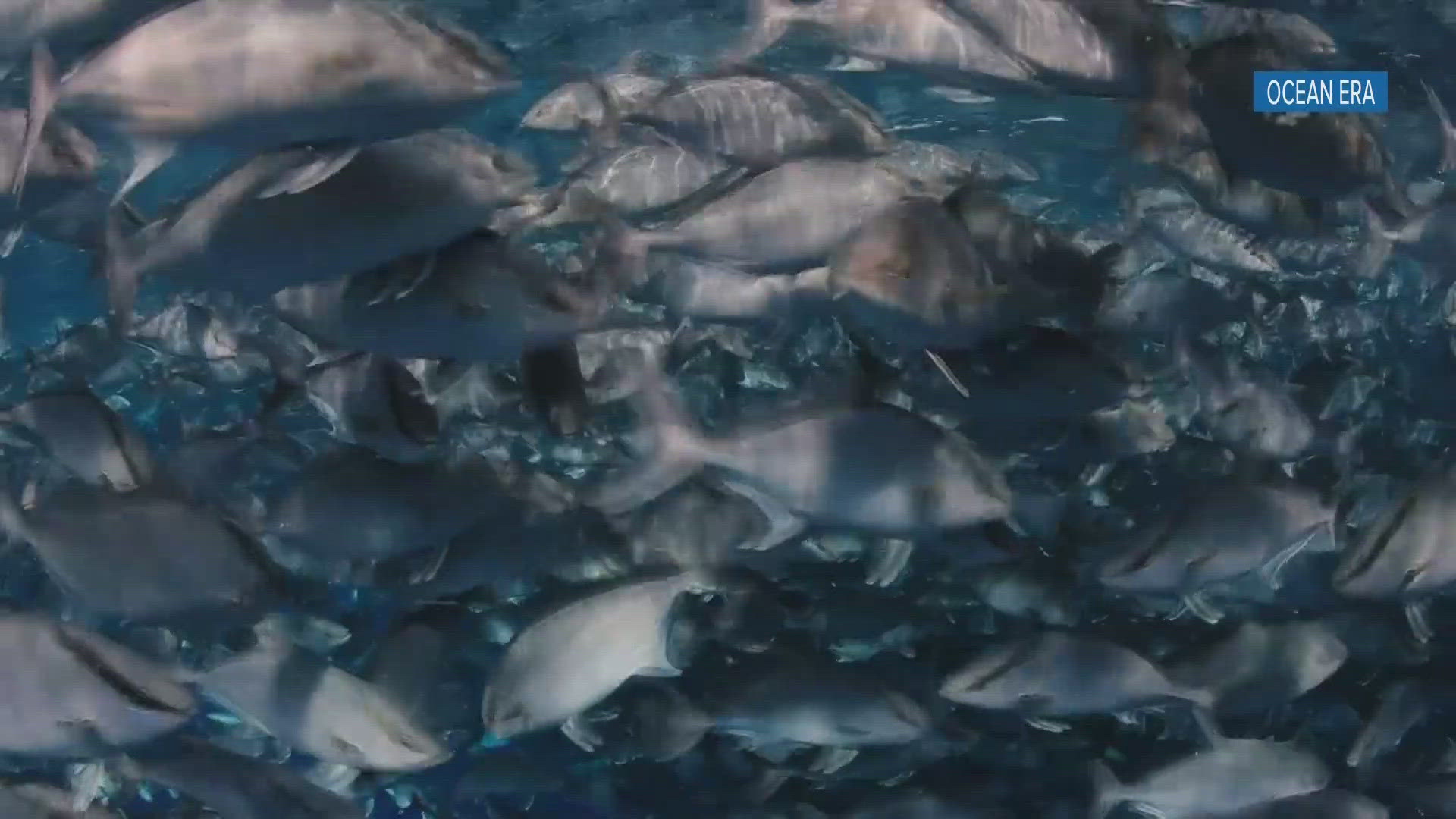ST. PETERSBURG, Fla. — The U.S. Environmental Protection Agency says it's trying to "transform recycling in America" with a recently released national strategy. The move is part of President Biden's $1 trillion infrastructure bill which sets aside $350 million for solid waste and recycling grants.
Recycling has always been marketed as a beacon of hope, a way of counterbalancing all the waste we dispose of. Instead of dumping trash bags in landfills, people can have their plastic water bottles remade into something else. But, just like everything we toss in the bin, do we really know where all that recycled material goes?
The EPA says we may not. For years, the U.S. recycling system has faced challenges like reduced markets, outdated infrastructure, and just general confusion as to what materials can be recycled.
According to the United Nations Environment Program, around 300 million tons of plastic waste are produced annually around the world. The Washington Post reports that the coronavirus pandemic led to more than 8 million tons of plastic waste.
The EPA's new strategy includes five objectives in order to address the excess waste. The plan would create a standardized measurement and definition for recycling data. According to a 2020 Government Accountability Office report, less than 25 percent of waste in the United States is recycled. In 2018, the EPA reported a plastic recycling rate of nearly 9%.
Here in Florida, the Department of Environmental Protection attempted to set a goal of reaching a recycling rate of 75% by 2020. However, data showed the state would be far below that goal. In 2018, Florida was supposed to meet an interim goal of 70%, but the state reports the recycling rate hovered around 49%.
The challenge FDEP says is that every county is responsible for its own recycling efforts, and many are not reaching those goals. In 2020, Hillsborough and Pinellas counties reported recycling rates of just around 50%.
The issue? Contamination. Counties ask that all acceptable recycled materials be cleaned and emptied before being tossed into a bin. When that doesn't happen, other items can be contaminated, equipment can be damaged, and the quality of recyclable materials becomes unusable. In Pinellas County, officials say one in every five pounds of recycled waste collected is contaminated.
That's why many counties have the slogan, "when in doubt, throw it out." FDEP says you can check what recyclable items are allowed in your area by reaching out to your county's recycling coordinator.
EPA's recycling strategy objectives include:
- Improving markets for recycled commodities
- Increasing collection of recyclable materials and improving recycling infrastructure through analysis
- Reducing contamination in recycled materials through outreach and education.
- Enhancing policies and programs to support recyclability and recycling through strengthened federal and international coordination.
- Standardizing measurement and increasing data collection through coordinated recycling definitions, measures, targets, and performance indicators.



